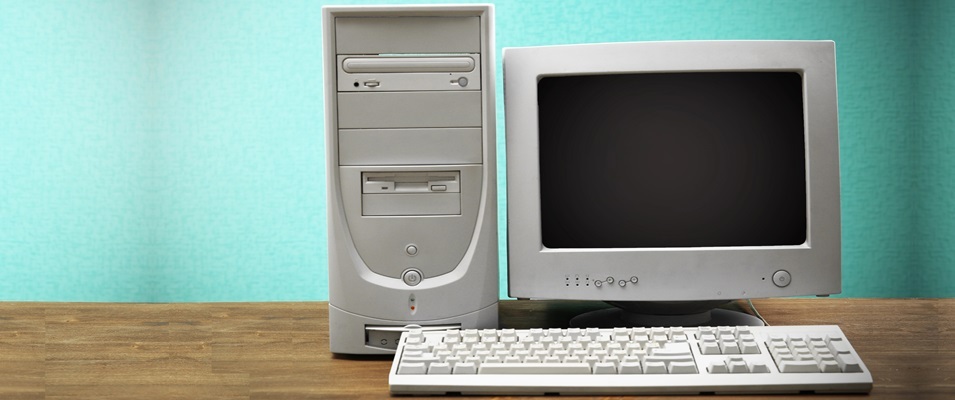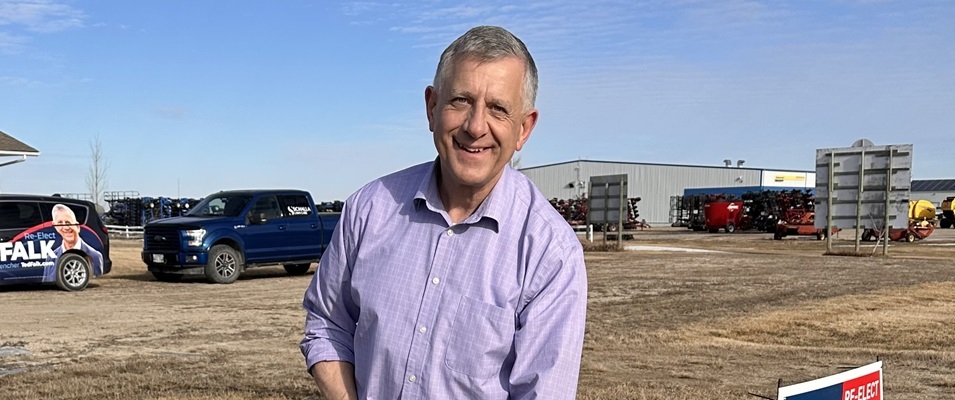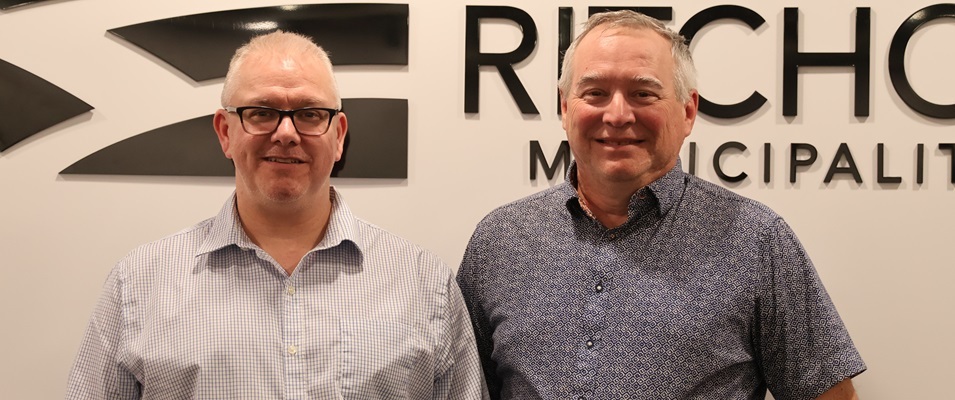
Adults in the year 1999 will remember, perhaps with some amusement, the great debacle that preceded the transition to the year 2000. The so-called Y2K “millennium bug” many people predicted led to endless doomsday hype, a bug we were told would affect computers, computerized electronics, and anything that relied on them to function.
If computers failed to operate after midnight on December 31, 1999, self-professed experts warned that the entire electrical grid could collapse. Airplanes in midflight could potentially malfunction and fall from the sky. Banks would have no more record of your savings and investments. Hospital diagnostic systems would quit.
Fear over these worst-case scenarios grew as 2000 neared. In the final months of 1999, store shelves began to empty as essential groceries, generators, propane and propane cookers, and first-aid supplies were scooped up. Some even rushed to the bank and withdrew their life savings.
Not everyone fell for the hype. Even so, uncertainty as to what the exact fallout would be left everyone scrambling to ensure their computer systems were Y2K-ready.
At minimum, people were advised to unplug their computers before midnight on December 31 to avoid a full system crash.
What Was the Millenium Bug?
Computerization only came into mainstream use in the last two decades of the twentieth century. As technology replaced paper, data was gradually collected and stored electronically. Backup systems mostly consisted of computer hard drives and unreliable floppy discs.
Even with its popularization, computers weren’t well understood to the average person.
For reasons of economics, many twentieth-century computer programmers coded date years in only two digits, thus saving computer memory and storage space.
For example, entering the number 95 would indicate to a computer that the year was 1995.
The question no one seemed to ask until 1999, though, was what would happen when the year transitioned to 00? Conceivably, computer programs either wouldn’t recognize this as a legitimate date and malfunction, or they would revert backwards to the year 1900.
Anyone in banking or credit could see the immediate problem with the second scenario. Clients being charged interest based on the date could have one hundred years of interest suddenly calculated into their financial file on January 1, 2000.
Y2K Memories
Chad Ringstrom of Niverville is the owner of an information technology (IT) company. In 1999, he was 17 years of age and working as a salesperson at Radio Shack.
“I was working in Portage la Prairie and we were one of the only stores you could buy a computer from,” Ringstrom says. “I remember we had these stickers that we had to put on the computers that said, ‘Remember to turn your computer off before midnight.’ We even sold these add-on cards that you could plug into the motherboard of the personal computer and it would offer an auxiliary real-time clock for Windows to use.”
Towards the end of 1999, new games and hardware coming into the store was labeled Y2K-ready.
“I mainly saw it being used as a way to try and scare people into thinking that if they didn’t have a Y2K-ready device, it would become useless,” says Ringstrom. “The reality of it was that there was a good chance that [older] pieces of technology would do just fine.”
Ringstrom put this theory to the test prior to the turn of the century when he tested his own personal computer and it made the transition without issue.
According to Ringstrom, the main concern revolved around a computer’s BIOS (basic input/output system). This system, located in the motherboard, allows for hardware initialization when a computer is powered up.
“There was speculation that the computer’s BIOS would hang and programs would start to overwrite data,” Ringstrom recalls. “When a BIOS hangs, it freezes all input and output, like crashing a computer from a blue screen of death. Luckily, that never happened.”
Like everyone, Ringstrom questions why more foresight wasn’t applied in the 80s when computers were being created with two-digit dates. It may have been a situation of planned obsolescence, he says, or the belief that the hardware wouldn’t be in use anymore by the turn of the century.
Also from Niverville, Kim Gallant was the charge technologist and radiation safety officer in the nuclear medicine department at Seven Oaks General Hospital in 1999.
“The Winnipeg Regional Health Authority took Y2K very seriously, as they were not certain what would happen to our high-tech equipment at the stroke of midnight,” Gallant says.
In the worst-case scenario, she says, diagnostic imaging would have been unavailable for patients with breast cancer who required a heart scan between chemotherapy rounds. This would have put additional strain on the oncology department’s surgical and chemotherapy teams.
Renal scans to test kidney function would have also been affected.
Gallant remembers that meetings were held by leading hospital staff months in advance of the end of the year in order to create an action plan. Part of that plan included transferring archived nuclear medicine scans onto floppy disks.
“My processing equipment was older and it was a big question as to whether we could enter the year 2000,” Gallant says. “If my memory is serving me correctly, I could not enter the year 2000, so I used a workaround by using the date 1000.”
At 1:00 a.m. on January 1, 2000, Gallant left the new year’s party she was attending and went straight to her workplace in heels and a ballgown. She was joined that night by the charge technologists in X-ray, CT scan, and ultrasound, having assembled to put all the equipment through a rigorous test.
Once confirmed, a report was sent to the diagnostic imaging Y2K coordinator.
As it turned out, only the gamma camera failed the test and was later replaced with new equipment.
After Y2K
As history will attest, the sky didn’t fall on January 1, 2000. But some would say that the alarmists that year still served an essential purpose, highlighting a problem that prompted proactive action from government and the business world alike.
Canada’s prime minister at the time, Jean Chretien, spoke to Canadians in 1999 to assure them that Y2K was both serious business and a national priority, ensuring a safe transition into the next century.



















